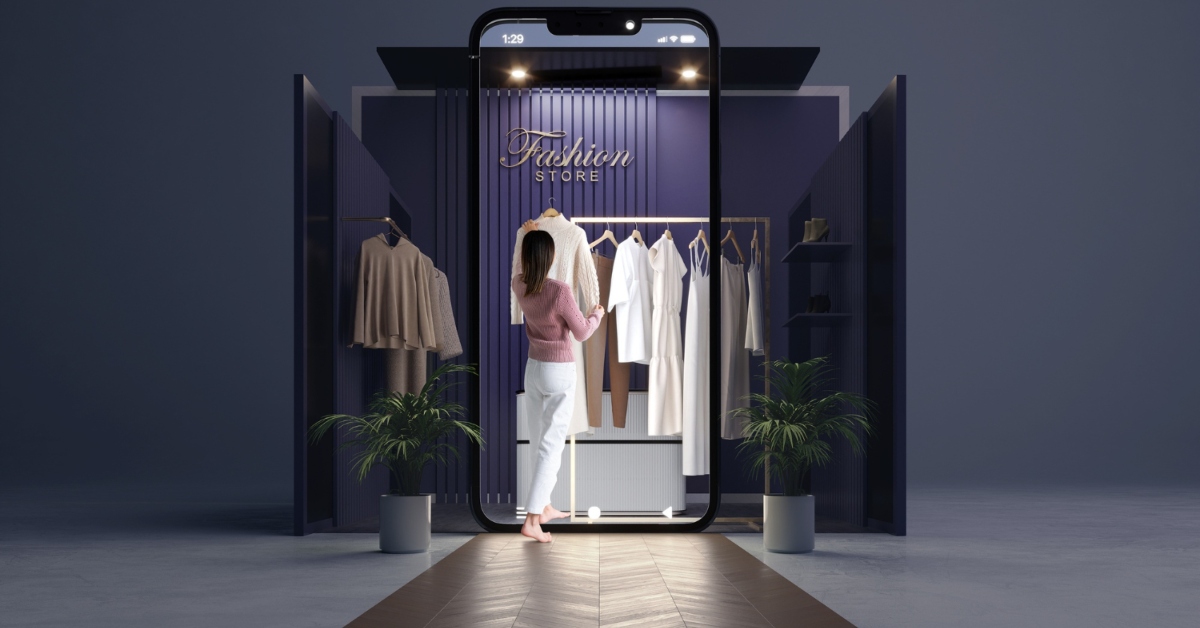Personalization, the word has been thrown in every industry for almost 5-6 years now, and we all have experienced it to a degree either while browsing the internet or shopping online. However, the adaptation of personalization in retail has been slow. Several retailers have embraced personalization to deliver experiences exceeding customer’s expectations whereas some retailers have not scratched the surface, leaving the customers unhappy.
We live in an era where we have an abundance of choice, so customers are spoilt with options. This is why personalization has become a vital element in each segment. Customers are no longer just looking for products or pricing for their purchase decisions. They rely on how they feel about a brand before shopping. By utilizing personalization, retailers can not only establish connections with customers but also increase customer lifetime value. In this article, we will discuss personalization in retail.
What is Retail Personalization?
One of the quotes by Jeff Bezos defines personalization brilliantly. He said, “Personalization is when you go into a bar and sit down, and the bartender puts a whiskey in front of you without having to ask what you want.”
Personalization in retail is the process of providing a unique experience to customers across every single touchpoint based on their behavior and needs. At its core, it is all about customer information, and then using that information for analytics to create meaningful and relevant interactions.
What Customers Feel About Personalization?
The goal of personalization is to make customers feel special and increase revenue. According to a McKinsey survey, when done right, personalization can reduce customer acquisition costs by 50%, increase revenue from anywhere between 15 to 25%. Companies with faster growth rates derive almost 40% of their revenue from personalization. It also revealed that personalized experiences increase customer loyalty and company’s gross sales. Another promising thing that was revealed in McKinsey’s survey was 71 percent of consumers expect companies to deliver personalized interactions. Moreover, 76 percent get frustrated when this doesn’t happen.
The bottom line is that retailers should start moving towards personalization at the earliest and look at providing three things: convenience, relevance and authenticity.
Personalization in Brick-and-Mortar Stores:
Personalization plays a crucial role for both e-commerce as well as brick-and-mortar retailers. However, the approach and implementation are differentiating factors especially due to the varying retail environments. In brick-and-mortar stores, personalization revolves around immersive and tailored experiences. There are several tactics that retailers can employ to personalize the in-store journey, a few examples are:
- Personalized product recommendations
- Customized discounts and promotions based on customer preferences
- Utilizing customer’s location in the store to market products and services, i.e., proximity marketing
These are only some of the things that retailers can achieve. Everything can be achieved, customized, and scaled as per requirements.
Future of Retail Personalization:
Looking ahead, personalization will keep evolving in future and artificial intelligence will play pivotal part in part. AI is helping retailers provide personalized experiences at scale. From dynamic pricing to chatbots to predictive analysis, there’s a lot of things retailer can achieve using AI. One thing that retailers must understand is that personalization is not just a trend, it is a revolution here to stay.
Implementing Retail Personalization:
If you are a retailer looking to offer personalized experience to customers, then look no further than RDEP. We can help you create hyper-personalized journeys for your customers powered by AI. Don’t wait till your customers switch to some other alternative, schedule a demo today.

